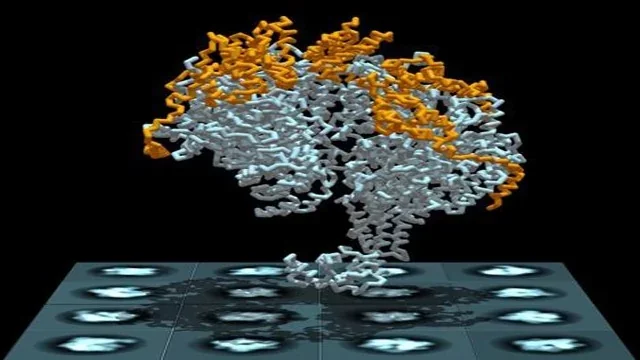0:26 AM Unraveling the mysteries of DNA replication | |
DNA replication is a difficult process in which a helical ring isolates two intertwined and encoded strands of a DNA molecule, allowing each to literally reproduce its own missing half. To nedavnego time, however, scientists were not aware, as of helicase-enzyme in the form of a doughnut composed of 6 similar protein-maybe the thread only 1 of the strands when they are connected to the other friend. Now, a fresh study researchers, from the graduate Centre of the city Institute in new York, the centre promising scientific studies (ASRC) and the Urban land Institute new York (CCNY) has adopted the solution to this riddle. In a note posted in the current issue of eLife magazine, scientists explain how helicase protein loader (P loader) from viral bacterial appropriates replicative helicase causing it to spiral and nimbly APV around one of the DNA strands. Helicase subsequently, this starts to rush along the Strand and smash face hydrogen which connects it to 2 Strand, allowing any freezing of the substrate which has the ability to copy a complete DNA molecule. "Going deep into this study, we knew that for this impact is required to be a loading protein, but we did not know how the process looks," said the main prospector David Geruzalmi, doctor of chemistry and biochemistry at the graduate center and CCNY. "Thanks to our studies we managed to determine that the boot device DNA strands in helicase and find out actually what the boot squirrels warn each move helicase at the time of its opening and closing, in order to prevent various failures of replication." Scientists have studied the DNA of E. coli microbes in order to understand the mechanism of replication. They used cryo-electron microscopy and tomography to image helicase and all of its protein loader. In addition to that, in order to help them qualify the previously obscure device in the process of DNA replication, the study has the ability to still show the prospect for a fresh class of drugs that target the bacterial DNA replication device, the scientists said. "Our study is considered a great case of the strong ability of cryoelectronic microscopy to produce meaningful outcomes that have every chance of being applied to the development of fresh therapeutic drugs," said co - researcher Amedi de Georges, PhD in chemistry and biochemistry at graduate school and CCNY and a member of the ASRC structural biology initiative. This article was reprinted from materials provided by the graduate Center of the city Institute of new York. Note: the fabric has the ability to be edited for length and content. For additional information wish to contact the designated source. Hyperlink: Chase et al. 2019. Mechanisms of opening and closing of bacterial replicative helicase. eLife. DOI: 10.7554/eLife.41140. | |
|
| |
| Total comments: 0 | |
